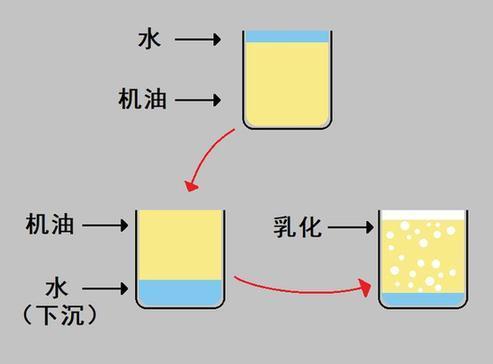朱临1,孙立新2,胡红霞1,叶松1,朱国强2,杨庆贵2
1.安徽理工大学医学院,安徽 淮南 232001;2.江苏出入境检验检疫局
摘要:目的 应用16SrRNA基因序列分析法对江苏口岸输入性蜚蠊携带的细菌进行快速检测。方法用研磨器将蜚蠊研碎,用LB培养基增菌和分离培养,随机挑选细菌单克隆,提取DNA,对16SrRNA基因进行PCR扩增,扩增产物进行序列分析、比对,确定细菌种属。结果 从输入性蜚蠊中共分离鉴定出23种细菌,分属15属。结论输入性蜚蠊携带多种重要致病菌和条件致病菌,应加强口岸蜚蠊类监测和卫生处理,控制相应传染病的发生和流行。
关键词:输入性;蜚蠊;细菌;16S rRNA基因序列;检测
中图分类号:R184.3 文献标识码:B
Application of 16S rRNA gene sequences oncockroach-carried
pathogens detection
ZHU Lin*, SUN Li-xin, HU Hong-xia, YE Song,ZHU Guo-qiang, YANG Qing-gui
*School of Medicine, 'Anhui University ofScience and Technology, Huai'an,'Anhui 232001,China
Abstract: Objective To survey pathogens carried by imported cockroach at Jiangsu portwith the analytical method of 16S rRNA gene sequences. Methods Smash the cockroach with a grinder, isolate thebacteria with LB, extract bacteria monoclonal DNA and then amplify16S rRNA with PCR, and sequence analysis and identificationbacteria species. Results In the importedCockroaches, a total of 23 species bacteria was isolated andidentified, belonging to 15 genera. Conclusion Theresults showed that imported cockroach carry a variety ofpathogenic or opportunistic pathogens. it is needed to strengthenthe monitoring on port cockroach, and prevent the occurrence andprevalence of the corresponding diseases.
Key words: Importation;Cockroach;Bacteria;16S rRNA;Detection
《中国国境卫生检疫杂志》

 您当前位置:
您当前位置:





